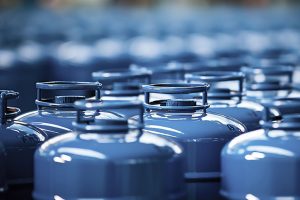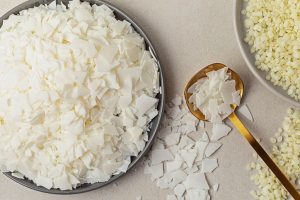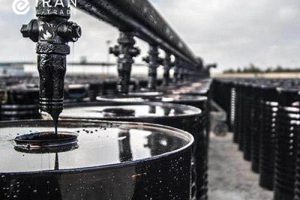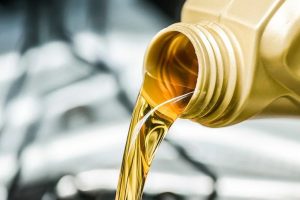What is Vacuum Bottom (VB) Bitumen: Types + Specifications & Applications
Vacuum Bottom bitumen is derived from the residue of crude oil distillation in distillation towers. Visually, VB bitumen is dark brown or black and is very flammable. Interestingly, in the past, this bitumen was discarded as waste. However, with technological advancements, it now has uses in various industries such as construction and insulation. That being said, do you know the types, characteristics, and specifications of this bitumen? If you wish to know more, let us read the rest of this article from Iran ETrade.
What is Vacuum Bottom (VB) Bitumen?
VB bitumen has many uses as a raw material for fuel, bitumen production, and certain industrial materials. However, in the past, most of this bitumen was discarded as waste.
When bitumen producers distil crude oil in the production towers, there will remain a residue from this process that is known as Vacuum Bottom bitumen. The key characteristic of its structure is that it contains hydrocarbons with a carbon number higher than 35. Additionally, bitumen producers refine VB bitumen through various processes to make it suitable for use in industries such as construction and insulation. However, do you know the different types of VB bitumen?
(To learn about the types of Natural Bitumen, read the blog post.)
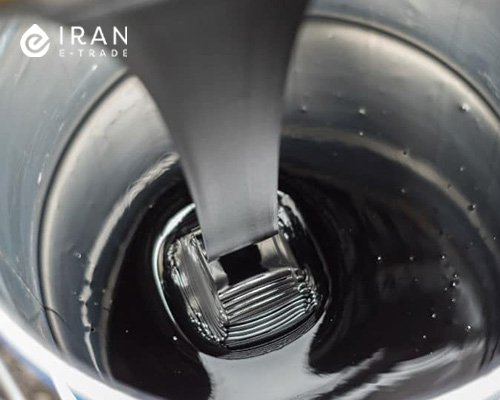
Types of Vacuum Bottom Bitumen
Vacuum Bottom bitumen has different types such as construction, oxidized, cutback bitumen, and bitumen emulsion.
In the following sections, we will explain the different types of VB bitumen in more detail.
1. Construction Bitumen
One of the main applications of Vacuum Bottom bitumen is in construction. However, most construction engineers prefer to use penetration-grade bitumen for this purpose.
2. Oxidized Bitumen
Oxidized Vacuum Bottom bitumen is a type of bitumen that undergoes an air-blowing process during production. Its uses are mainly for industrial applications such as manufacturing waterproofing membranes and roof insulation.
3. Cutback Bitumen
The manufacturers mix this type of Vacuum Bottom bitumen with petroleum solvents to allow its application at lower temperatures. Cutback bitumen’s most common uses are in situations where rapid application on surfaces is required.
(Click to read more about Cutback Bitumen)
4. Bitumen Emulsion
Vacuum Bottom bitumen emulsion is a type of bitumen that manufacturers mix with water and an emulsifying agent. Its primary application is in road construction projects which offers easy usage and less environmental impact.
(Click to read more about Emulsion Bitumen.)
Vacuum Bottom Bitumen Specifications
The key characteristics of Vacuum Bottom bitumen include:
- Color and Appearance: Similar to bitumen, black or brown.
- Odor: Similar to bitumen.
- Chemical Composition: Contains hydrocarbons with more than 35 carbon atoms.
- Density: 1020 kg/m³ at 25°C.
- Penetration: 23 mm.
- Viscosity: Between 450 and 900 at 100°C.
- Flammability: Highly flammable.
- Oxidation Sensitivity: Oxidation can affect its viscosity.
(Click to read more about Viscosity Bitumen.)

Characteristics of Vacuum Bottom Bitumen
The appearance and physical characteristics of Vacuum Bottom bitumen include:
- Appearance and Odor: Visually, VB bitumen is similar to other types of bitumen, with a dark brown to black color and a bituminous odor.
- Chemical Composition: Contains hydrocarbons with more than 35 carbon atoms.
- Production Temperature: 240-320°C in distillation towers.
- Effect of Air Blowing: When air is blown into VB bitumen, it is improved, and maltene molecules are converted into asphaltenes, resulting in bitumen with lower penetration and higher smoothness.
- Chemical Stability: High, but highly flammable.
- Resistance to Mechanical and Dynamic Loads: Very low and requires modification.
(Click to read more about Jumbo Bag Bitumen.)
Applications of Vacuum Bottom Bitumen
As mentioned earlier, Vacuum Bottom bitumen was once considered nothing more than petroleum waste. However, with the analysis and modification of VB bitumen, it now has various applications, including:
- Production of regular bitumen
- Production of fuel oil (Mazut)
- Production of power plant fuel
- Production of industrial fuels and oils
- Production of insulation materials for buildings
- Production of asphalt coatings for roads
(Click to read more about Performance Grade Bitumen.)
The Production Process Vacuum Bottom Bitumen
To produce bitumen from Vacuum Bottom bitumen, after the distillation of crude oil in distillation towers, the manufacturers transport the VB bitumen feedstock to the production unit. There, hot air is blown into the VB bitumen at a specific temperature, which causes its oxidation and improves its properties. As a result of this process, the maltene molecules in the VB bitumen turn into heavier asphalt molecules, leading to a reduction in the bitumen’s penetration and a smoother texture.
(Click to find out the latest bitumen price.)
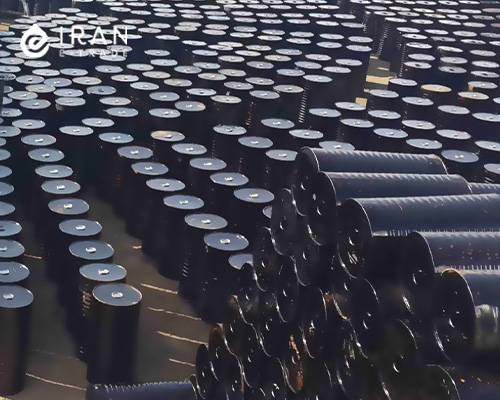
Purchasing Vacuum Bottom Bitumen: Current Market Situation
In recent years, due to fluctuations in the global oil market, the price of Vacuum Bottom bitumen has had a sharp increase, even reaching its highest pricing levels. Additionally, the exchange rates and commodity exchange market prices have also influenced the cost of VB bitumen.
Vacuum Bottom Bitumen Suppliers in the Commodity Exchange
Several suppliers in Iran produce and offer Vacuum Bottom bitumen. Currently, some of the major suppliers of VB bitumen in Iran include oil refineries in the cities of Tabriz, Isfahan, Tehran, Shiraz, and Bandar Abbas.
Important Factors in The Pricing of Vacuum Bottom Bitumen
Several factors affect the price of Vacuum Bottom bitumen including:
- Global oil prices
- Supply and demand levels
- Quality of bitumen and its packaging
- Exchange rates for imports
- Competition in the commodity market
- Local government and international policies
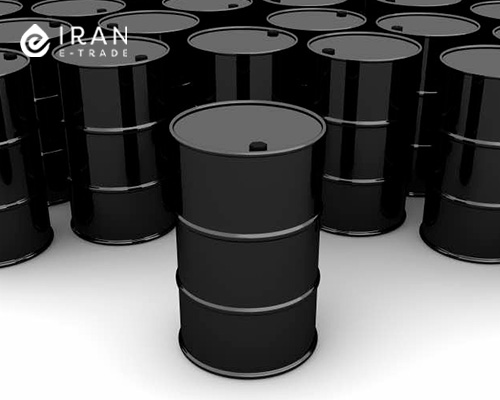
- What Is LPG: Properties + Uses Liquefied Petroleum Gas
- What Is Petroleum Paraffin: Types + Properties And Applications
- What is Petroleum Coke: Types + Applications
- What Is Mazut: Advantages, Applications + Hazards
- What Is Diesel fuel: Types Gas oil + Applications
- What is gasoline? Types + Uses and Production Process



